SUSTAINABILITY INVESTMENTS
How a single tree is bringing sustainability, prosperity, and innovation to the Gulf Coast
A vital crop is making a comeback along the American Gulf Coast—the tung tree, whose oil is an essential ingredient in commercial paints, printing inks, and fast-drying wood finishes. But its full potential has yet to be unleashed, with promising applications from natural insecticides to biojet fuel.

Tung oil, made from the pressed seeds of the tung tree native to China, dates back to the 14th century when Chinese merchants used it to waterproof wooden ships. It's versatility, sustainable production, and hard-drying nature made it a commodity in industrialized America.

Rise and Fall of the Tung Belt
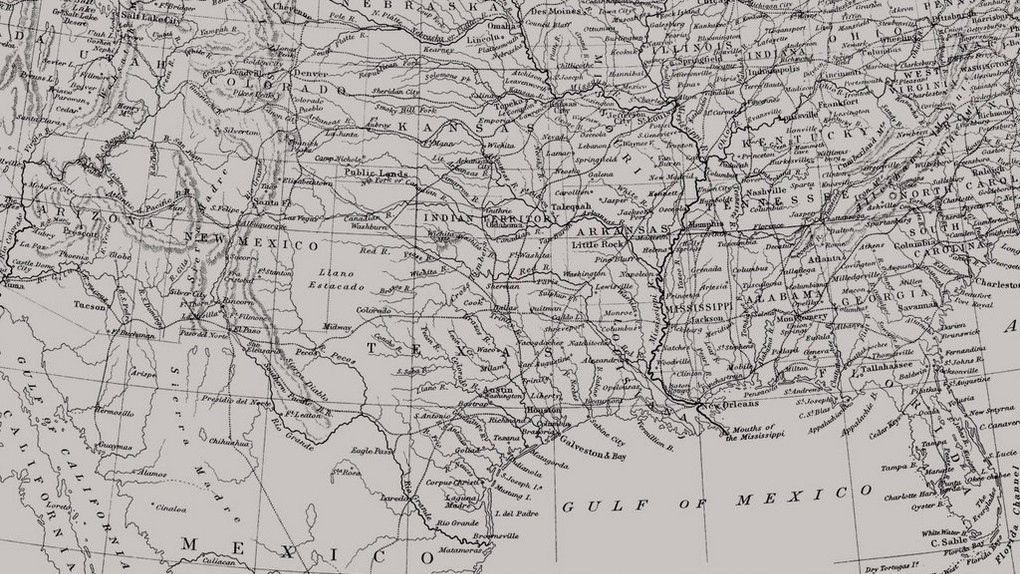
Early Years
It wasn’t until 1905 that tung seeds made their way to the U.S. when a senior agricultural explorer for the U.S. Department of Agriculture brought one back from Hankow, China. Soon after, the Bureau of Plant Industry incentivized growers to plant tung orchards by offering one-year-old trees. Looking for a sustainable cash crop, Gulf Coast farmers eagerly complied.
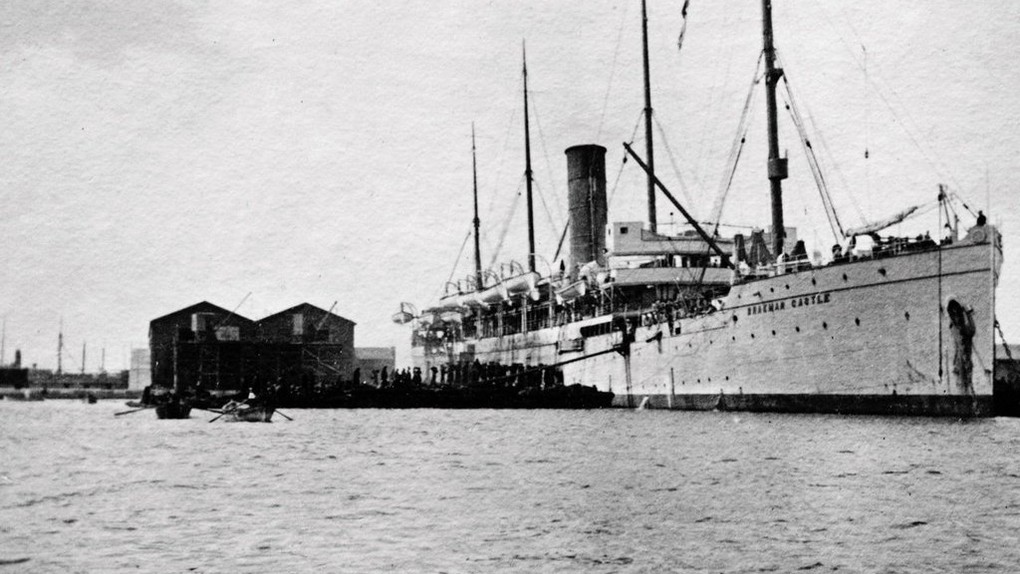
1920s
By 1927, there were over 400 growers and more than 10,000 acres of tung oil trees along what became known as the Tung Belt.
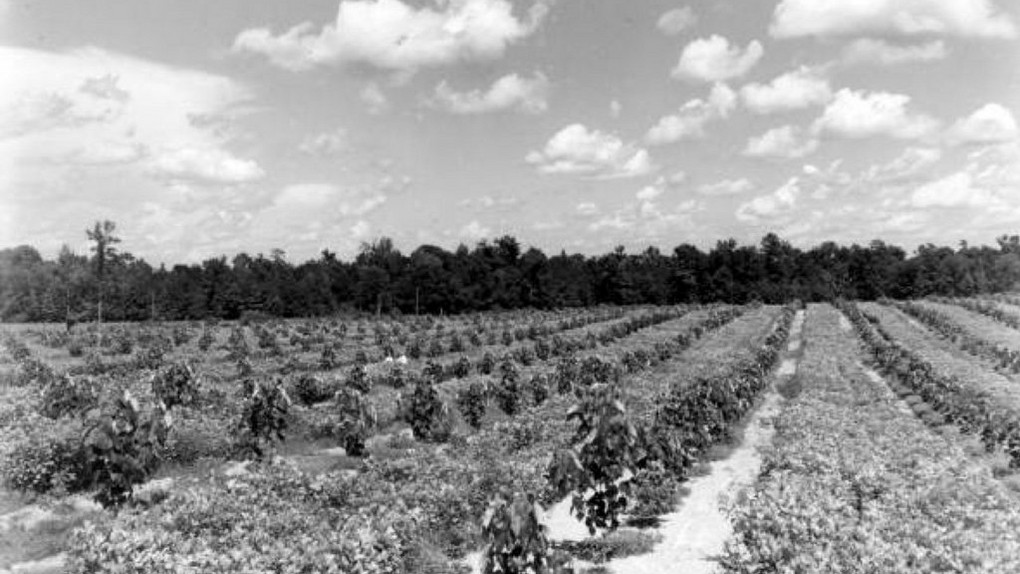
In 1928, L.P. Moore, nephew of the Benjamin Moore Paints founder, built the first mechanized tung oil compressing mill in the world, which began the commercial production of tung oil in America.
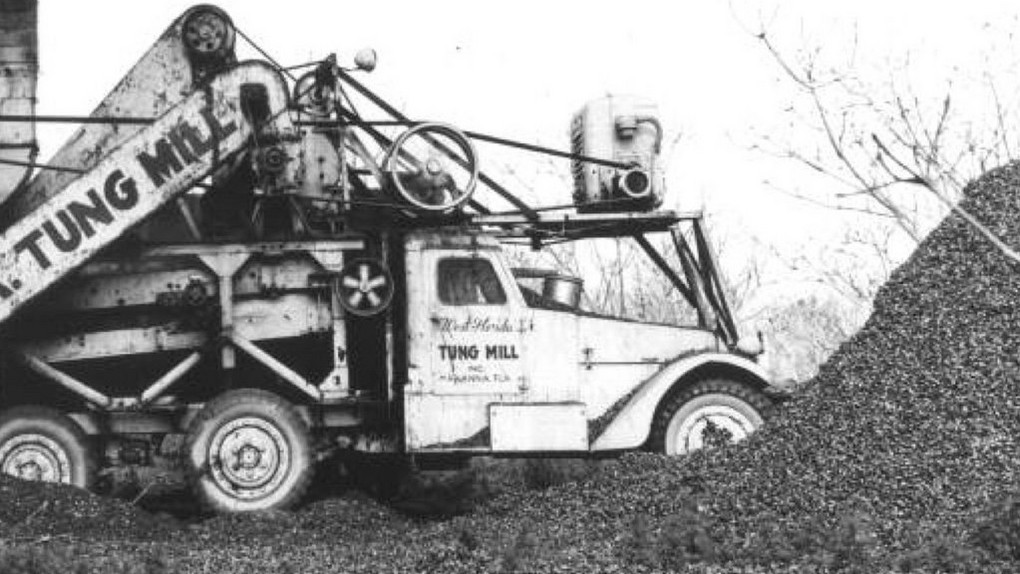
1930s-50s
The industry grew exponentially from there, with large paint companies planting orchards and building mills along the Gulf Coast in the 1930s and 40s, reaching peak production in the 50s.

1960s
Unfortunately, tung orchards began to decline in the 1960s as a result of bad weather—tung trees are greatly affected by adverse weather conditions.

The End
Early freezes and a Category 4 hurricane (Betsy in 1965) followed by a Category 5 (Camille in 1969) devastated many crops at a time when foreign competition, cheaper alternatives, and synthetics were already putting the squeeze on the tung oil business.

Undeterred, the U.S. Department of Agriculture started researching ways to combat the threat of freezing temperatures by producing a later-blooming tree.
In the early 1970s, USDA scientist Dr. Jim Spiers discovered a cultivar that bloomed 2-3 weeks later—greatly reducing the risk of an early frost destroying the crop. But the Spiers cultivar, as it became known, came along too late for the struggling industry—production had ceased while demand remained, resulting in imports from China and South America taking over supply and production.
A resurgence of the crop was attempted in the 1990s but was quickly thwarted again by late freezes and Hurricane Katrina.

Despite the industry’s demise, a laboratory in Poplarville, Mississippi held onto the Spiers cultivar, and in 2013 the USDA reached an agreement with Greg Frost of Gulf Coast Tung Oil, a small, family-run operation.
Greg’s interest in tung oil and tung trees started with his love of woodworking. He decided to try producing his own tung oil and planted his first tung tree in his backyard. When, through his research, he discovered that supply came exclusively from China and South America, he saw an opportunity and expanded his operation.

Greg added five acres of the Spiers cultivar to his existing 30-acre tung tree orchard. When a late spring frost a few years later destroyed Greg’s entire crop of trees from the seeds he’d imported from China, the five acres of Spiers trees survived and yielded a beautiful crop.
Around that same time, Greg received a call from Applied and a vision was born—with Greg’s trees able to withstand early frosts and Applied’s knowledge of hurricane modeling, orchards could be planted farther north, away from where hurricanes are at their strongest.
Applied recognized a game-changer in this underutilized, underproduced, but valuable commodity.
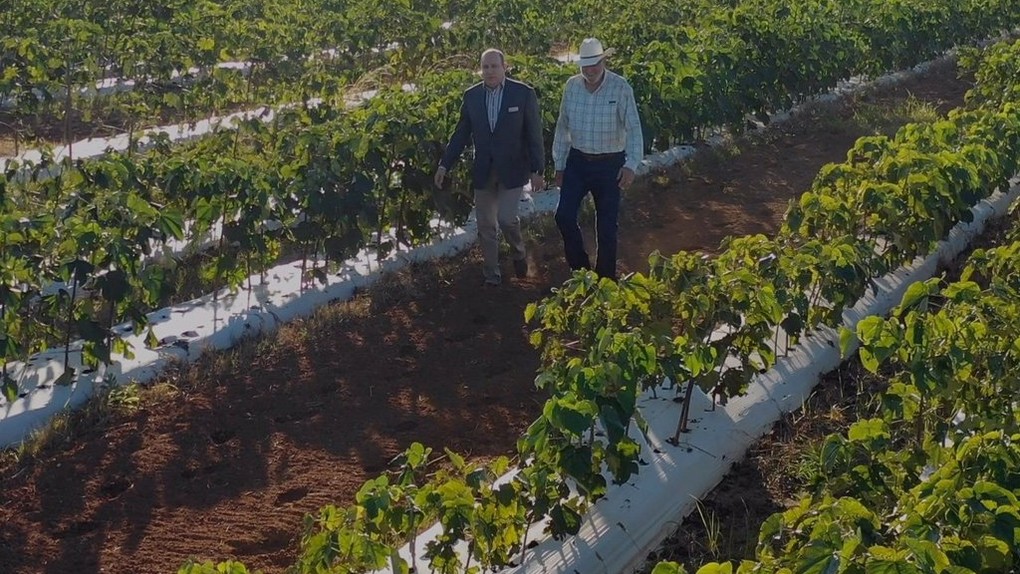
The global tung oil market is projected to grow 22% to $330 million by 2025.
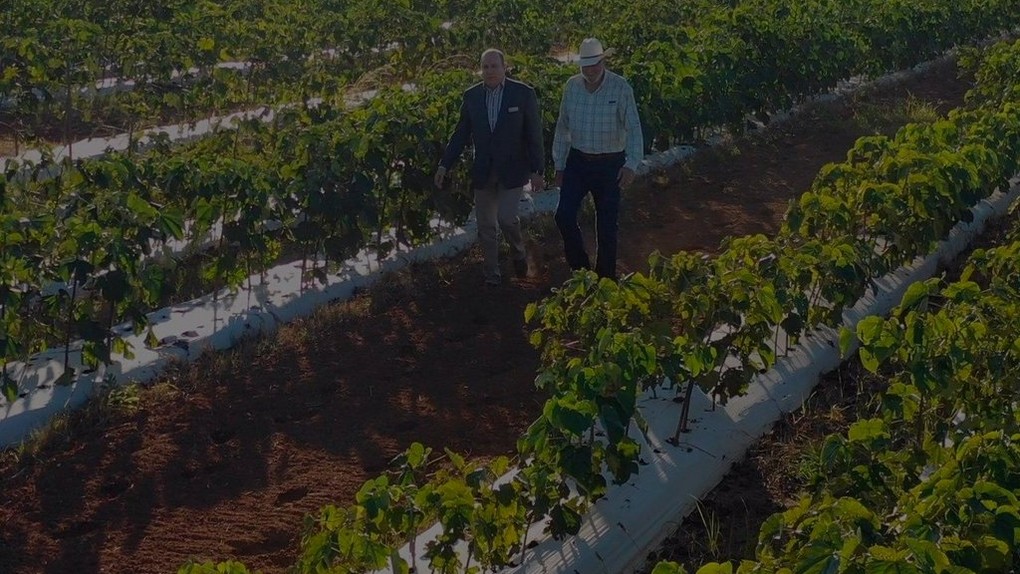
In three years, Gulf Coast Tung Oil has grown to over 800 acres of land with three additional farms, a state-of-the-art mill, and a blossoming network of allied growers now planting tung trees to diversify their crops.
The revival of the tung oil industry has all the elements of the quintessential American success story.
The traditional qualities of perseverance, entrepreneurship, and self-reliance converged with the modern concerns of technological advancements in strategic crop planting and sustainable alternatives to petroleum-based products.


Learn how a single tree is bringing sustainability, prosperity, and innovation to the Gulf Coast

